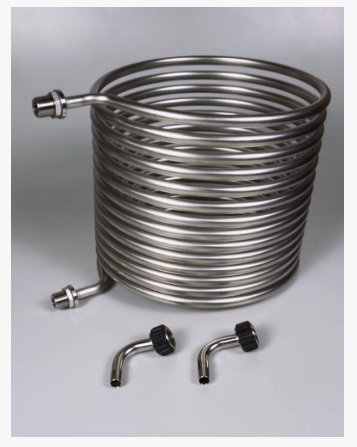luckybeagle
Making sales and brewing ales.
I'm contemplating a 32 ft herms coil, which will sit in my 15g HLT powered by 1x5500w electric element. I occasionally like to do 10 gallon batches and am curious how this might fare with step mashes? I know most opt for 50ft of 1/2" diameter coil, but I'd much prefer one that I don't need to bend into shape or deal with compression fittings. Is 32ft length sufficient or is there a significant difference in stepping up with the the 50ft?




